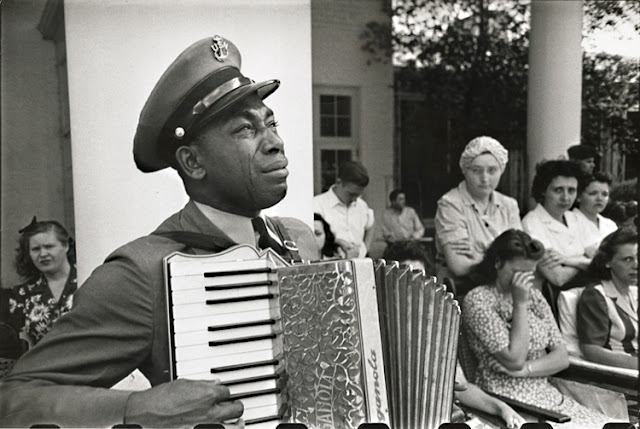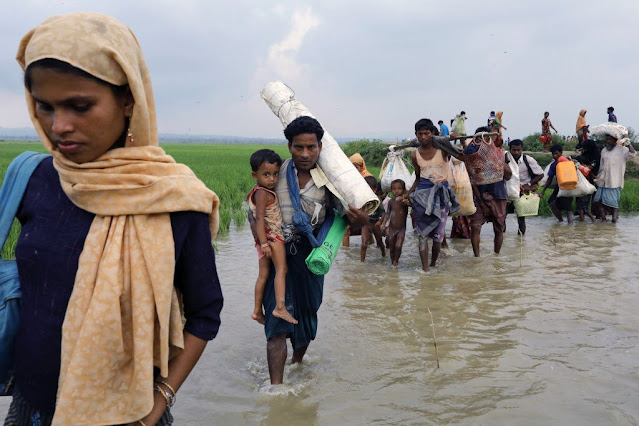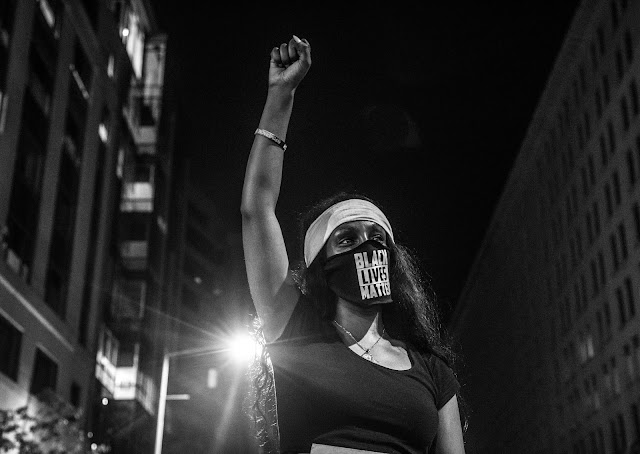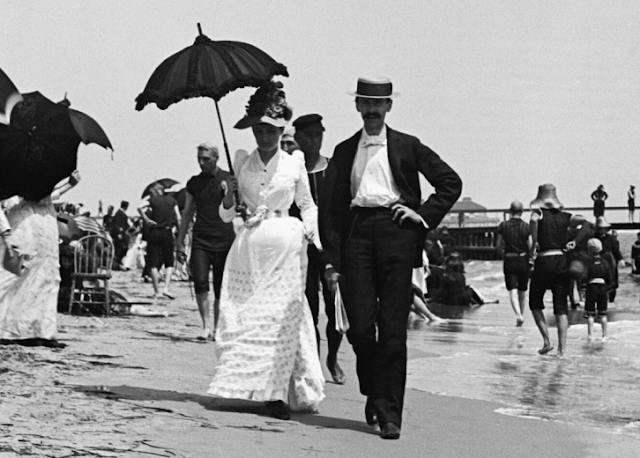Photojournalist Profile

Rena Effendi Photo by unknown In AllAboutPhoto.com it says, "Rena is represented by National Geographic Creative agency and ILEX Gallery. Her work has been exhibited in museums and galleries worldwide including at the Swatch Gallery, Miami Art Basel, Istanbul Modern, and the 52nd Venice Biennial." She has been published in the National Geographic Magazine, New Yorker, TIME, Vogue, Marie Claire, New York Times Magazine, The Sunday Times, GEO and many others. She is currently based in Istanbul, Turkey and available for assignment worldwide. Effendi has received many international awards. Some of the awards were the Alexia 2018 Professional Grant, the Prince Claus Fund Award for Culture and Development, World Press Photo (for observed portraits in 2014), SONY World Photography Award (fine art category), Getty Images Editorial Grant and was short-listed for the Prix Picket Award in Photography and Sustainability. "In 2013, Rena Effendi published her second monograph ...





